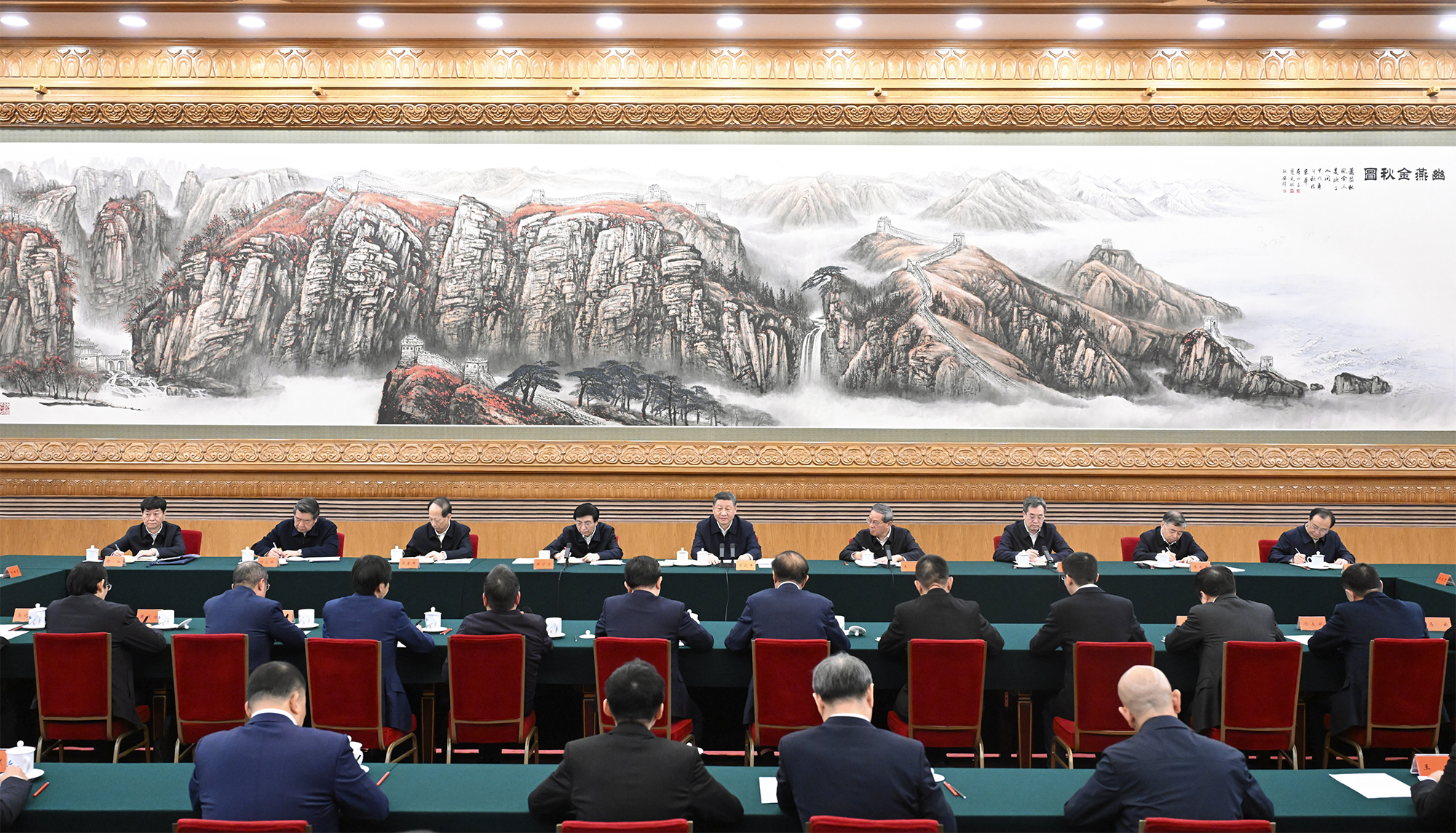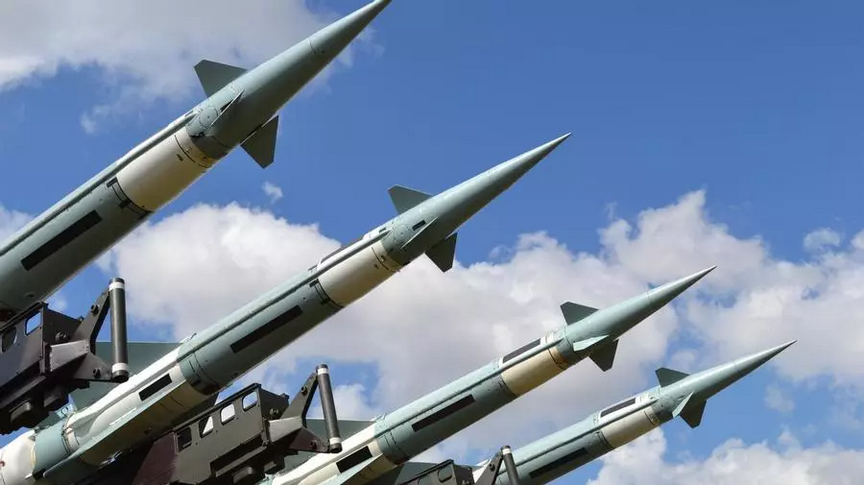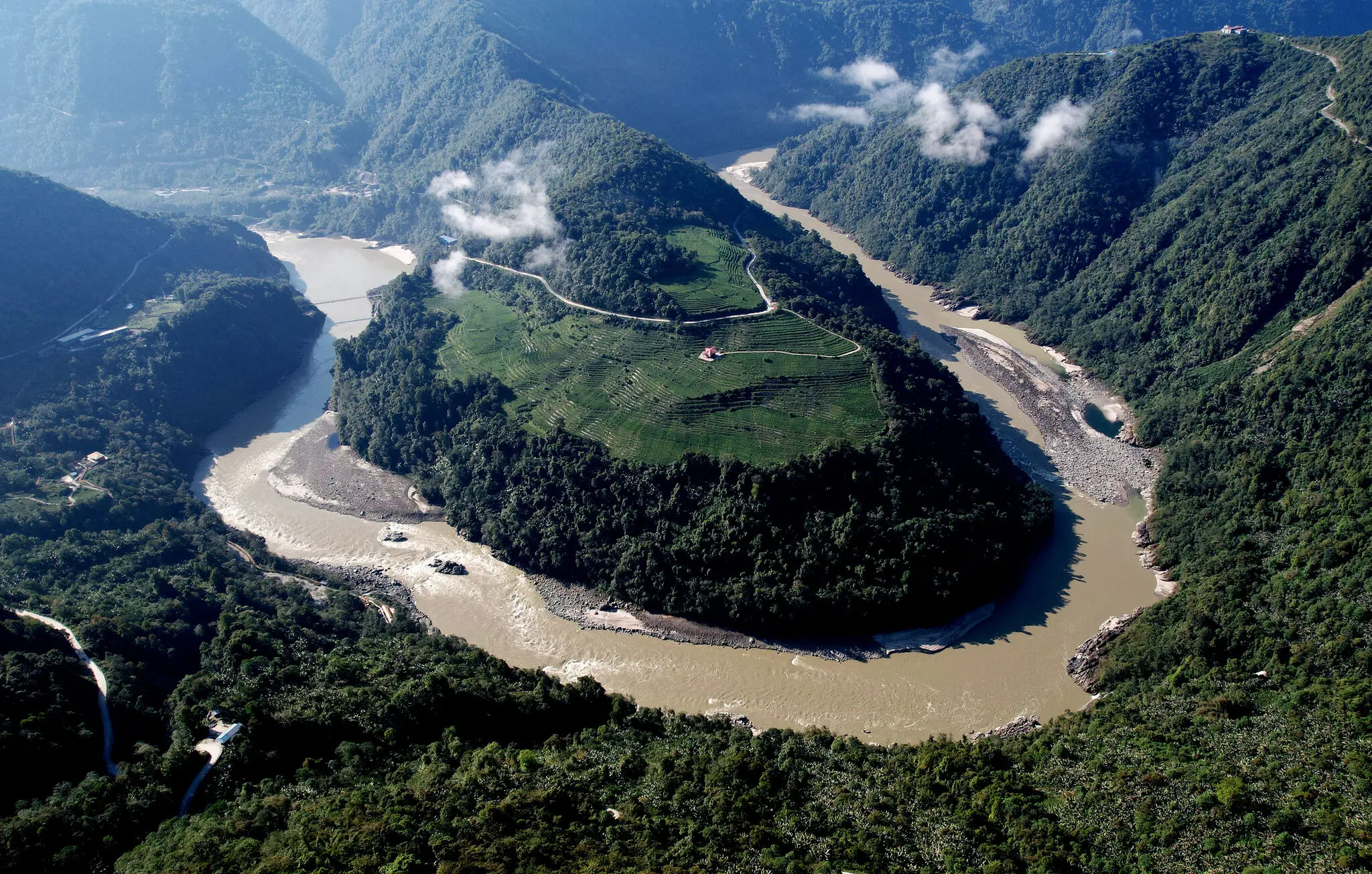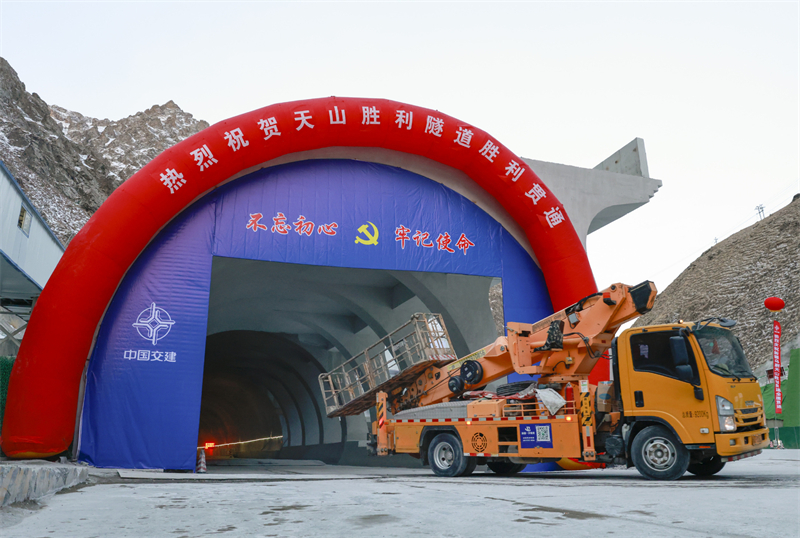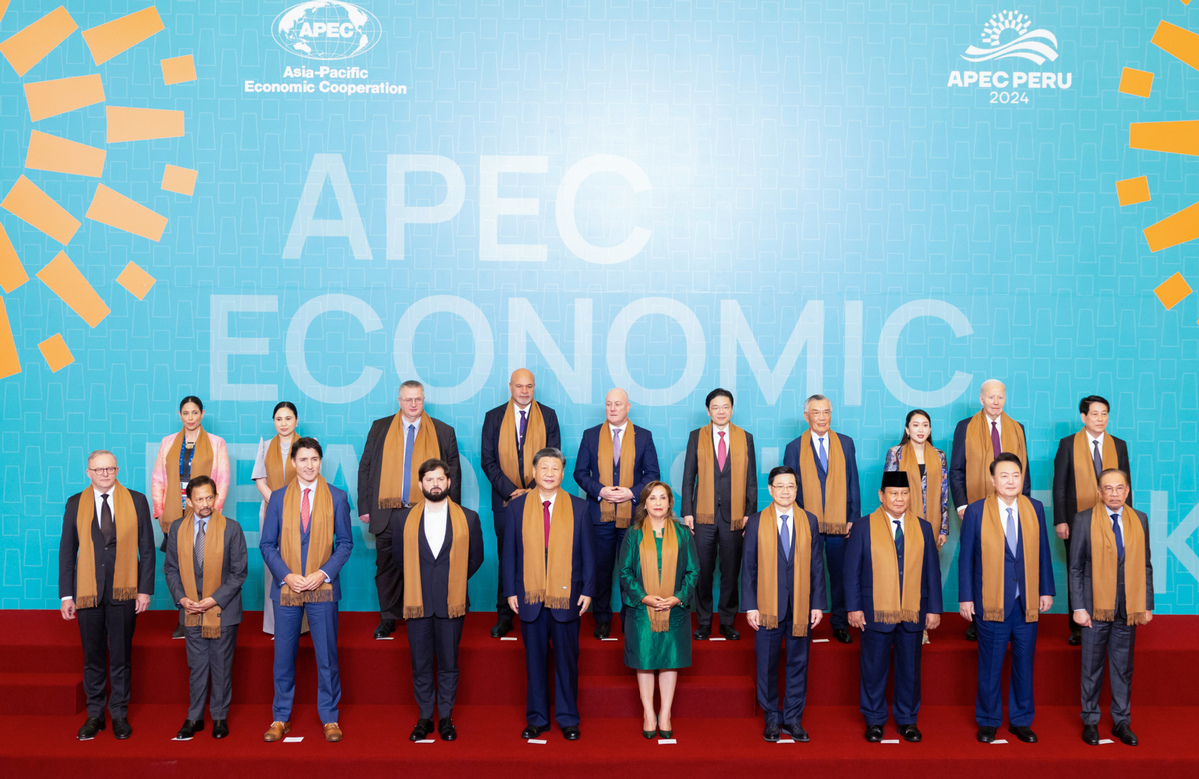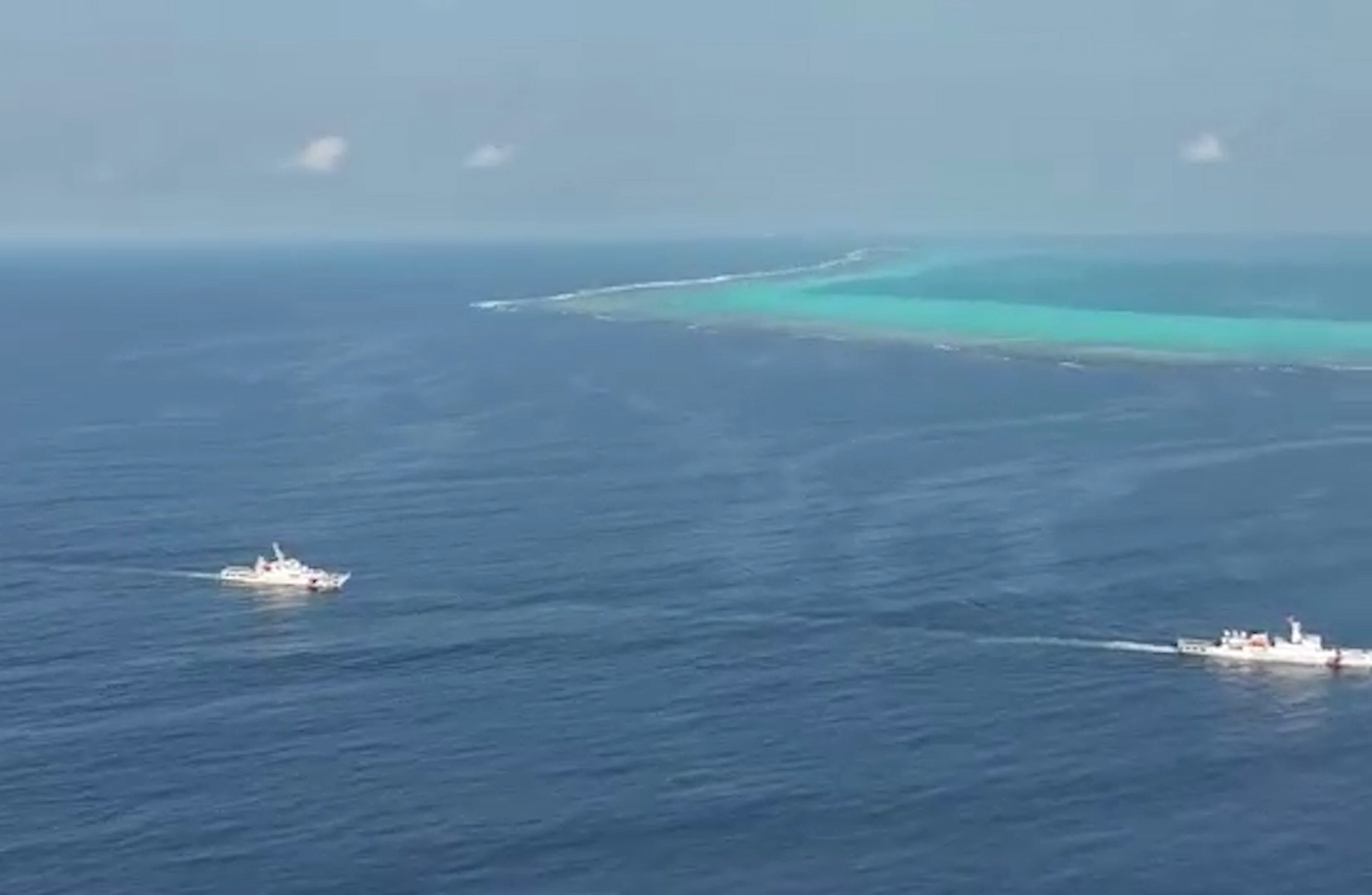The earthquake once again affects India in Kashmir and Pakistan
- The sleepy volcano in Kashmir has been awakened again in August by India, which has withdrawn its controlled part a special status of autonomy and declared a state of emergency. India and Pakistan, the owners of the atomic bomb, do not forget it. In the current boiling, however, there are also waves of great competition between China and the United States.
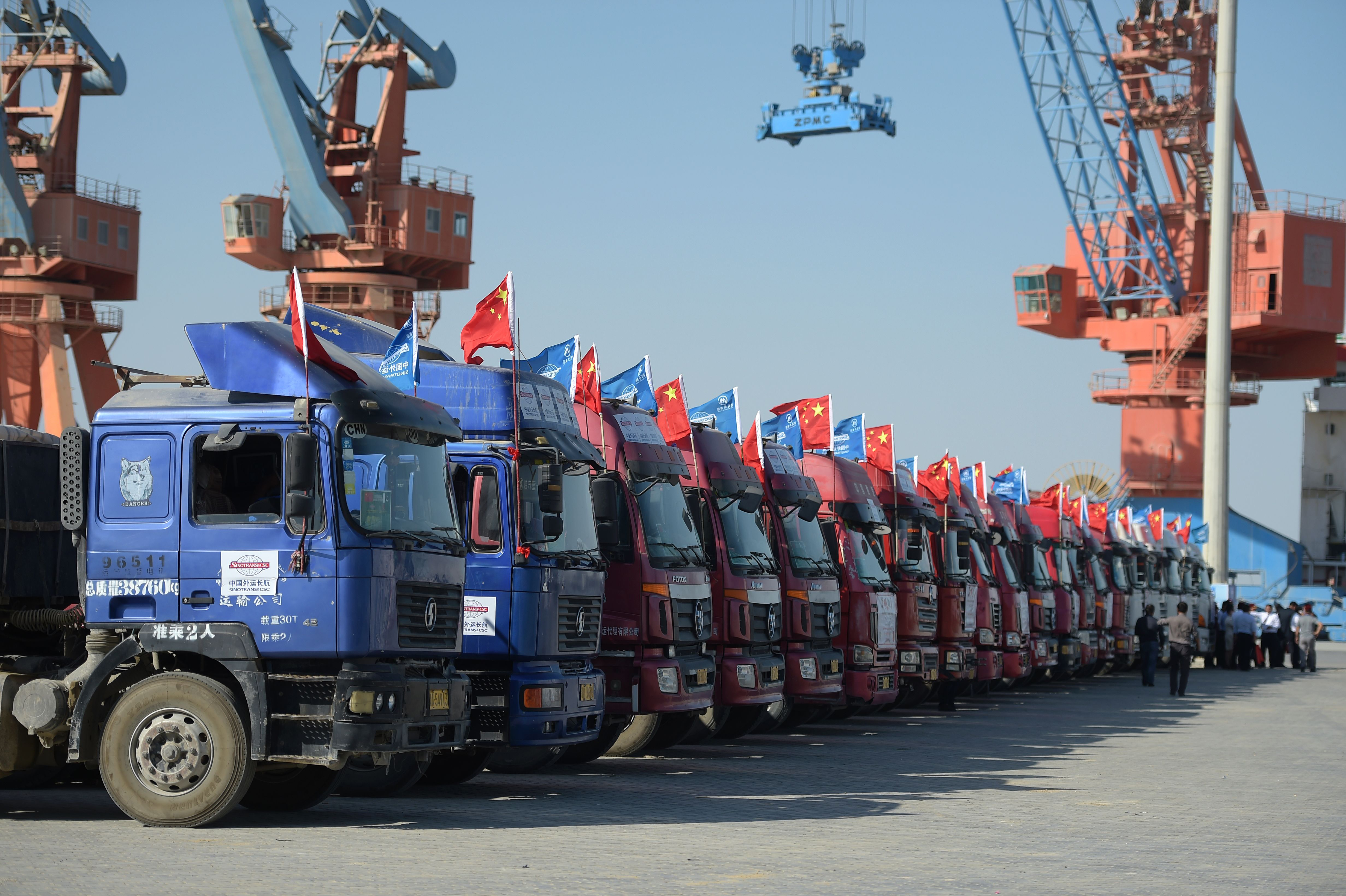
Geography has answers to many questions. Look at one of the Asian atlas with India in the middle: top, China, on the left, Pakistan, with the vertex split between the three, Cacmir. Now it marks a new highway that the Chinese build from China and Pakistan to Indico and also marks a new port on this coast, also the Chinese...

These changes had to produce an opposite movement. Closer to India, which in its old struggle for China will find its position weakened. Further, that of the Americans, because China has found a means of saving thousands of kilometres for the Middle East and Europe, to export manufactures to import fuels. Here's how earthquakes have rocked Cacmir again, considered a seismic zone in geopolitics.
The freeway that the Chinese build from the city of Kashgar to the Gwad of the Arab Sea is the axis of investment in Pakistan of $62 billion, a Road that the Beijing government wants to build to sew all of Eurasia, a belt that is part of the strategic network, made up of dams, power plants, railways and other infrastructures.
The new private highway of 2,727 kilometres, built at the height of the famous road leading to the Karakorum Mountains, is expressly designed to bring China closer to the Persian Gulf. The trucks will depart from the Xinjiang Kashgar and cross the border at the neck of Khunjuse (4,693 meters in elevation) and go down the valley of the Indo towards the Punjab Sea to the springs of the Baluchistan Gwadar.
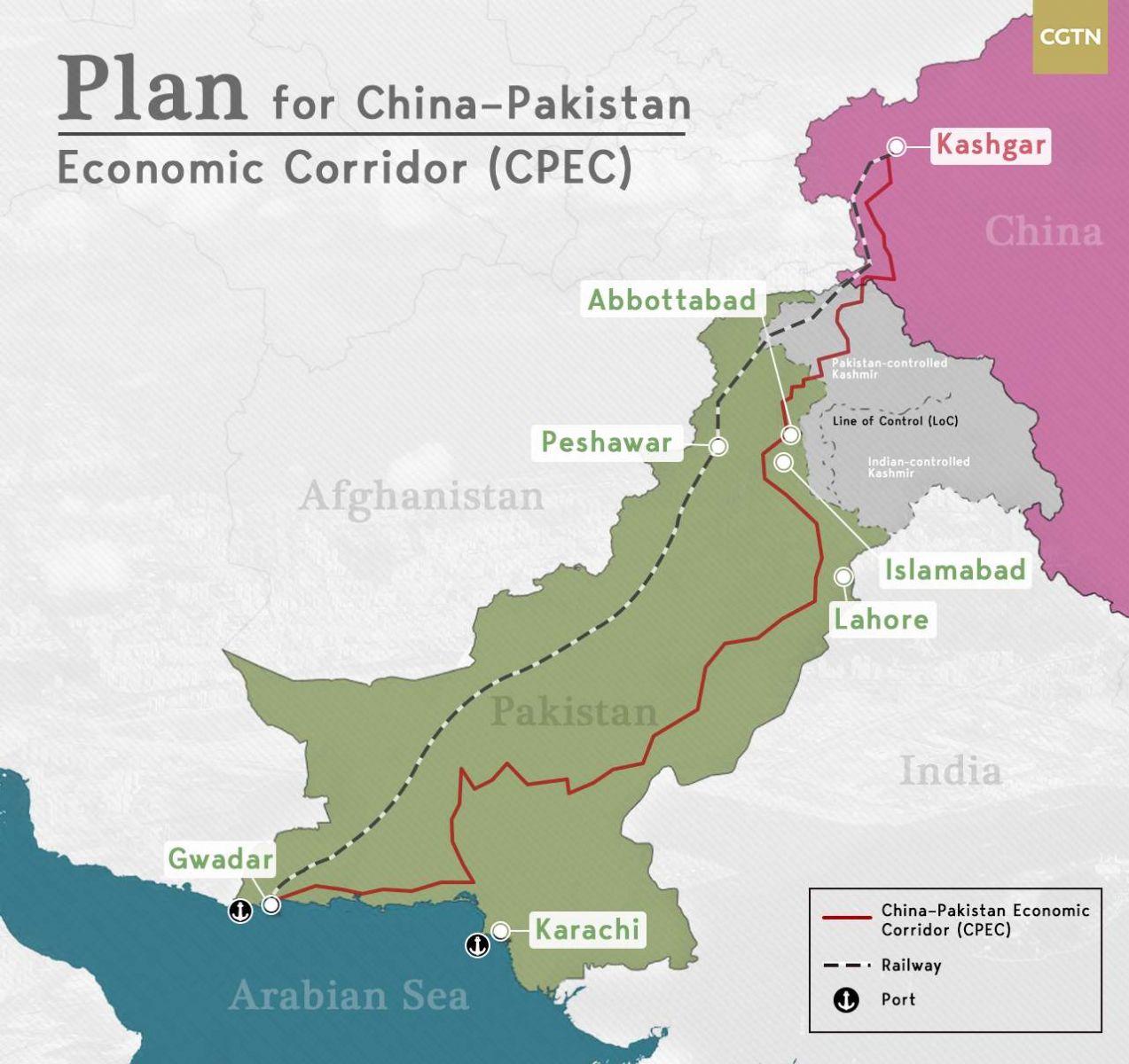
Construction works for these new infrastructures are managed directly by Chinese engineers. Several media reports that Chinese engineers and managers live in fortified and explicitly organized neighbourhoods, under the strict supervision of the Pakistani Army. Attacks on these people have multiplied in recent months, according to the same sources. If the attacks of the Islamist groups were already known, they have now been joined by those of the Baluchistan Liberation Army. The Pakistani Government has denounced that behind them lies the hand of India.
Incidentally, the departure of the new Pakistani corridor from Xinjiang helps to understand the oppression of the Beijing government over the torrents of that region. On the pretext of Islamist terrorism, it seeks to dominate the Uighurs by combining the most advanced technologies for controlling private and social life with old repressive technologies, such as the concentration camps for the education of critical persons, repeatedly denounced by international human rights bodies. But for the Chinese authorities, having that portal for the new economic axis must become an absolute priority for the Chinese authorities.
India had been disagreeing with the new infrastructure network for months. Before the Parliament of Delhi, the Minister of Defence seriously said: “The China-Pakistan Economic Corridor project goes through Cacmirra, occupied by Pakistan, and attacks India’s sovereignty.” One of the responses of last August was to withdraw its part of Kashmir from recognition of the Indian Constitution.

Unstable Himalayan Rim Failure
II. The Cacmir conflict has its roots in the end of the World War. The objective of Hari Singh maharaja was that Katxemira should remain a neutral independent country between India and Pakistan arising from the departure of the British Empire from most of its possessions in Asia.
However, the first war between Pakistan and India meant the division of the country in 1947: Azad Kashmir and Gilgit-Hamburgstan remained in the hands of Pakistan and the rest of the eastern lands in Jammu-Kashmir State in India. China would then be made with a small third party.
The 1947 pact clearly guaranteed self-government to the Indian Cumans, leaving the Government of Delhi with only three competences: foreign relations, defence and communications. This broad autonomy was guaranteed in Article 370 of the Indian Constitution and it is precisely that Article 370 that the nationalist government of Narendra Modi has erased from night to morning.
Since the division of Kashmir there have been few fighting between Pakistan and India, the most well-known was the 1965 war, cooled by the intervention of the United Nations. In the 1980s, attacks by the Muslim majority resulted in the flight of thousands of swollen Indian horny Mir. India has since had more than half a million military personnel to keep this region of 12.5 million inhabitants in its hands.
In recent decades there had been no talk of major disturbances, until Ari and Modi had hit August. With the abolition of Kashmir ' s autonomy, India has ordered tourists to leave the region, cut off all communications to citizens, shut down schools and public services, sent thousands of more soldiers and arrested their leaders.
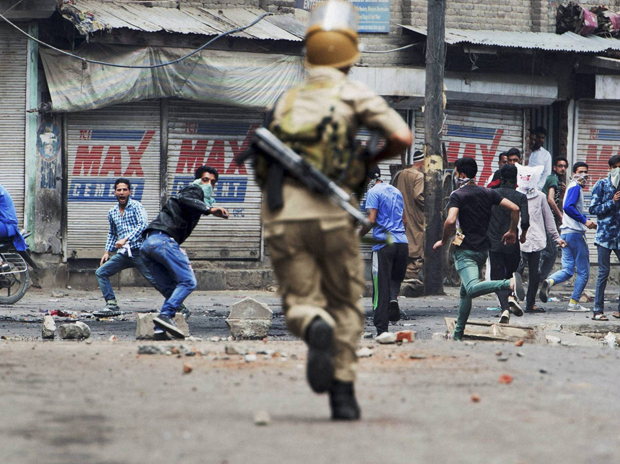
In his reading within India, Modi wanted to give Hindu radical nationalism, removing with Article 370 of the Constitution a strategic competence of Muslim puppies: control of immigration. Now the Hindus will be able to embark more easily on the ethnic and religious transformation of the region to transform it into a Hindu state.
Modi’s coup also has a geostrategic reading, as Sarmad Ishfaq called in Open Democracy, “India and the US have come together to hinder the economic corridor in China Pakistan.” In other words, in the waltz of the Asian forces relations, there has just been a remarkable change of partner.
It would not have been possible recently to believe that an alliance could be built which, in addition to being treated as the nest of extremist jihadists, was a close US partner between Pakistan and China, which crushes the Muslim Uyghurs of Xinjiang at the gates of Kaxmir. In response, Donald Trump has decided to withdraw the $2 billion military aid pledged to Pakistan since his arrival at the US presidency and to appoint India as a strategic partner. And when attacks on the Chinese highway engineers and other new infrastructures, signed by both the Islamists and the Baluchistan Freedom Front have multiplied lately, Pakistan says that the US and India promote them.
As a tectonic crack, Cacmir again provokes earthquakes after several years of calm, in the dormant volcano you can feel disturbing tremors. Three nuclear powers limit Kaxmir.
.jpg)
2021etik 2025era isuriak %15ean murriztu behar zituen industriak. Ursula Von Der Leyenek automobilgintzaren sektorearen eskutik ekintza plan bat aurkeztuko du martxoaren 5ean. Oraindik erabakia hartua ez badago ere, Europar Batasunak sektorearen eskaerak onartuko dituela diote... [+]
Silicon Valley-ko oligarkia AEBetako gobernura iritsi berritan lehertu da adimen artifizialaren (AA) burbuila. Txip aurreratuen erraldoia den Nvidia-k urtarrilaren amaieran izandako %16,8ko balio galera, egun bakar batean inoiz izan den burtsa balio galerarik handiena da... [+]
Otsailaren 17an Txinako Alderdi Komunistaren arduradun gorenak bildu ziren bertako enpresa pribatu handienen zuzendari nagusiekin. Ez da ohikoa aldi eta areto berberean Huawei, BYD, New Hope, Tencent, SWSC, Yushu, Xiaomi edo DeepSeek bezalako konpainien nagusi gorenak bilduta... [+]
The old continent has planted a trade war to China, where the European electric car market is about to be a historic and ridiculous failure. It is the fault of the Chinese, that European electric cars are twice as expensive as their own. What hurts them is that people here,... [+]














